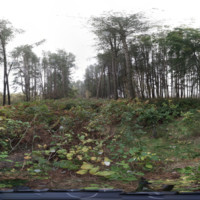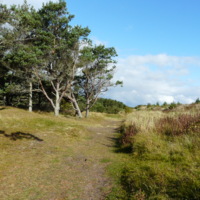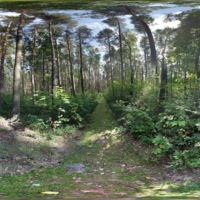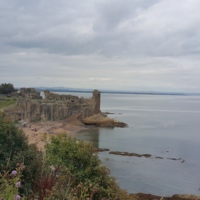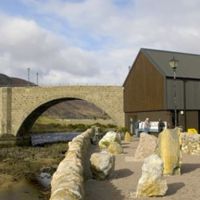Browse Exhibits (18 total)
People of Tentsmuir

A look into the history of the people that lived in the Tentsmuir area after the last glacial maximum. This shows their story; how they changed the landscape and how it changed them.

Read Me! A self-correcting tool for reading pre-modern handwriting
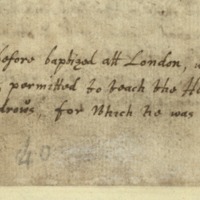

Acknowledgments
This resource was funded by a Teaching Development award from the University of St Andrews. It has been designed and developed by Margaret Connolly (Schools of English and History), Rachel Hart (Special Collections, University Library), Alan Miller and Iain Oliver (School of Computer Science), using Omeka software, Openvirtualworlds.org. Initial transcriptions were prepared by Edwin Goi.
© University of St Andrews
Tentsmuir Through Time
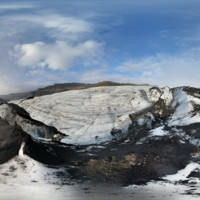
Welcome to Tentsmuir Through Time, an interactive guide to Tentsmuir Forest! Ever wondered how the environment of Tentsmuir has changed over the past 9000 years? Ever wondered who lived here during different periods of history? If so, then this is the perfect place for you to find out just what makes Tentsmuir so fascinating.

The Moundbuilders' Art: A Confluence of 'Ingenuity, Industry, and Elegance'
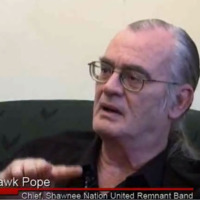
The era of the mound builders in prehistoric America, c. 500 B.C. - 1650 A.D., is geographically centered in what is now southern Ohio, and parts of Kentucky, West Virginia, Indiana, and Pennsylvania, collectively known as the Ohio River Valley.
This geographical area has been divided into four distinct archaeological periods: Early Woodland (c. 500 B.C. - 50 B.C.); Middle Woodland (c. 50 B.C. - 400 A.D.); Late Woodland (c. 400 A.D. - 1000 A.D.); and Late Prehistoric (c. 1000 A.D. - 1650 A.D.). Three periods, the Early and Middle Woodland and the Late Prehistoric, will be covered in this exhibition: the Late Woodland is still poorly known and contained little to no known mound building activity. Three main cultures will be examined: the Adena, in the Early Woodland; the Hopewell, in the Middle Woodland; and the Fort Ancient, in the Late Prehistoric period. Although there were a diverse range of cultures thriving coterminously in the rest of Ohio, Kentucky, West Virginia, Indiana, and Pennsylvania, some of which crafted fine effigy mounds which still survive today, the Adena, Hopewell, and Fort Ancient cultures are the best known examples of the fine tradition of mound building.
There were once an estimated 10,000 mounds and earthworks in the Ohio River Valley built by the three aforementioned cultures. Today, roughly 1,000 survive due to the efforts of private landowners and federal agencies, all of whom share a drive to preserve these remaining fragile treasures for future generations.
Virtual Ethnographic Open-Air Museum of Latvia / Virtuālais Latvijas Etnogrāfiskais Brīvdabas Muzejs

Women as Artist and Art During the World Wars
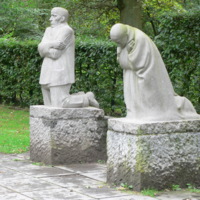
The role the women played during and after world war one and two as reflected through art (as artists and the way they were depicted in art)



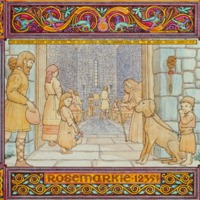

![Bell Pettigrew Museum [reduced resolution].jpg Bell Pettigrew Museum [reduced resolution].jpg](https://openvirtualworlds.org/omeka/files/square_thumbnails/39/1650/Bell_Pettigrew_Museum_[reduced_resolution].jpg)
